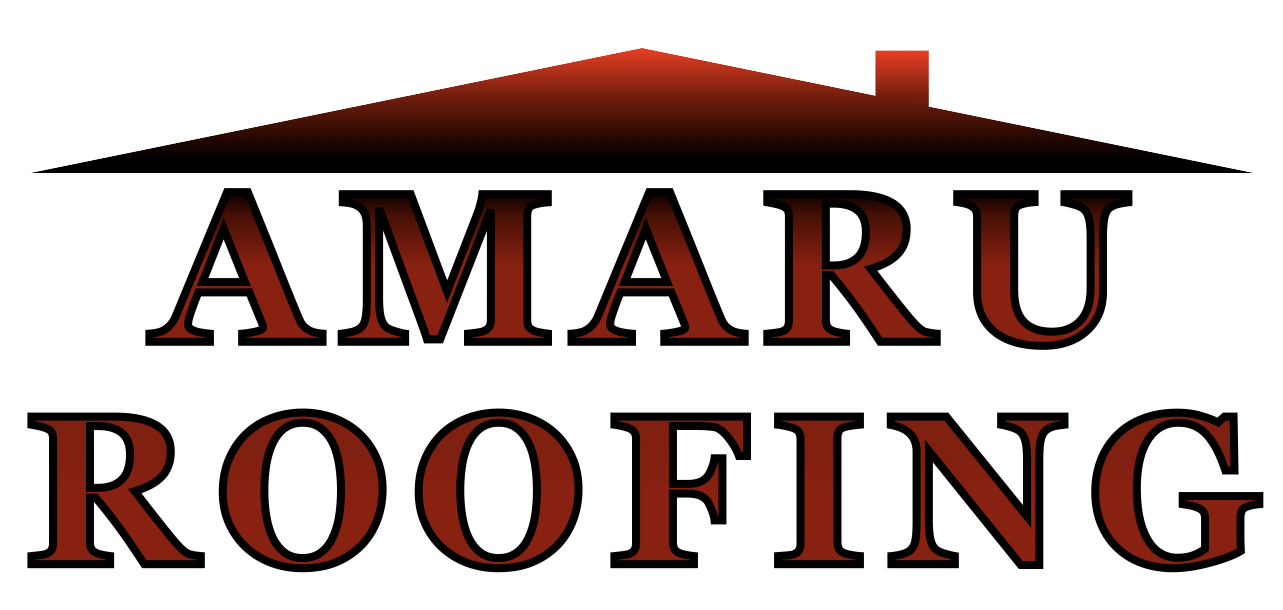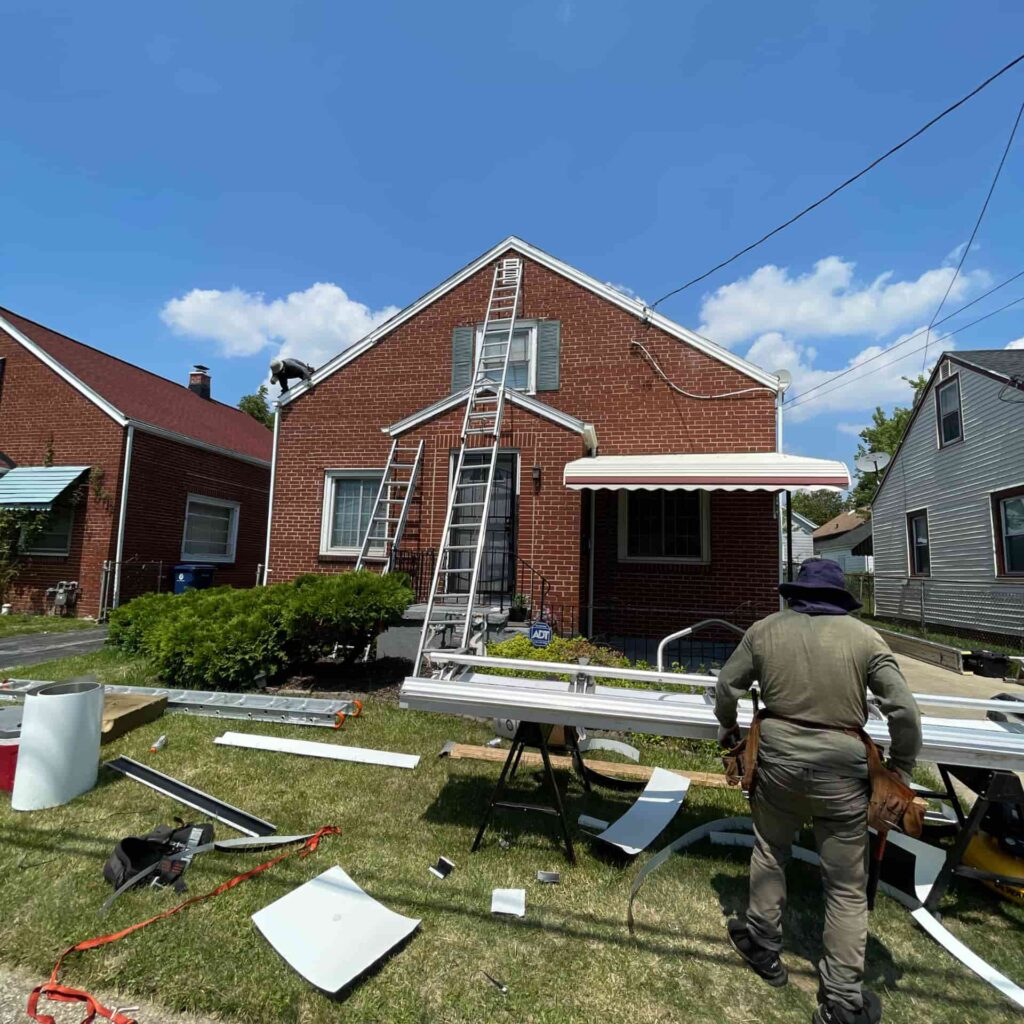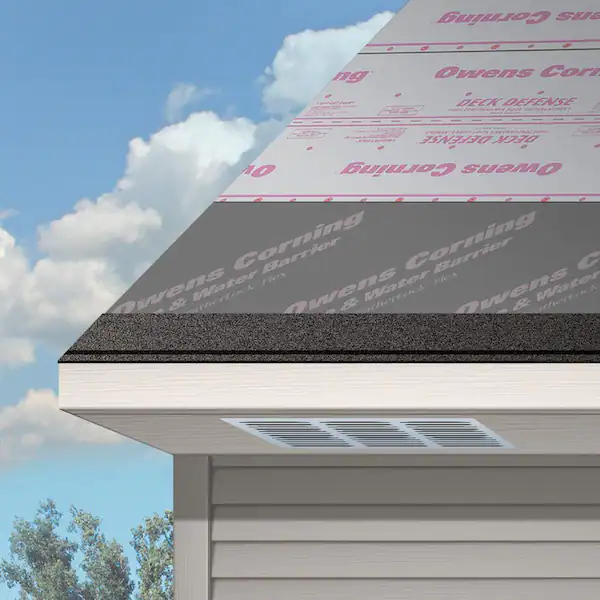Roof ventilation refers to the system of vents installed on your roof that allow air to circulate in the attic space. This ventilation process is designed to let warm air and moisture escape while allowing cooler air to enter. There are two main types of roof ventilation:
- Intake Vents: These are typically located near the eaves of the roof, allowing fresh, cooler air to enter the attic.
- Exhaust Vents: These are placed near the ridge or peak of the roof, allowing hot, moist air to exit the attic.
Together, these vents create a natural airflow that helps regulate the temperature and humidity levels in your attic and, ultimately, your home.
Why Roof Ventilation Is Crucial for Your Home
Prevents Roof Damage
One of the primary functions of roof ventilation is to regulate temperature and humidity in the attic. Without proper airflow, heat can build up in the attic, causing the roof to deteriorate more quickly. This excessive heat can cause roofing materials to crack, curl, or become brittle. Additionally, trapped moisture can lead to mold and mildew growth, which can further damage your roofing structure.
A well-ventilated roof helps to reduce the buildup of heat and moisture, extending the lifespan of your roof and preventing costly repairs.
Enhances Energy Efficiency
Improper attic ventilation can cause your home’s heating and cooling systems to work overtime. Without adequate airflow, heat gets trapped in the attic, making it harder for your air conditioner to cool your home during the summer. During the winter, excess moisture can accumulate, leading to ice dams and other issues that affect your home’s insulation.
By installing a roof ventilation system, you allow your attic to stay cooler in the summer and drier in the winter, which reduces the strain on your HVAC system and can lead to lower energy bills.
Improves Indoor Air Quality
Proper roof ventilation helps to expel excess moisture that can accumulate in your attic from activities like cooking, showering, or even breathing. Moisture in the attic can lead to the growth of mold and mildew, which can then spread throughout the rest of the house, affecting indoor air quality. By allowing the moisture to escape, roof ventilation helps maintain a healthier environment inside your home.
Prevents Ice Dams in the Winter
In colder climates, ice dams are a common problem during the winter months. When your attic is not properly ventilated, heat from the interior of your home can melt the snow on your roof. The water flows down the roof and refreezes at the eaves, creating a dam of ice. This trapped water can back up under your shingles, leading to leaks and potential water damage inside your home.
Effective attic ventilation ensures that the roof remains cool, preventing the snow from melting unevenly and reducing the risk of ice dams.
Regulates Humidity Levels
Humidity buildup in your attic can lead to significant problems, such as rotting wood, rusting metal components, and mold growth. Excess moisture can also affect your insulation, making it less effective at maintaining indoor temperatures. Proper roof ventilation helps to regulate the humidity levels in the attic by allowing moisture to escape, keeping your roof and insulation in top condition.
Signs You May Need Better Roof Ventilation
If you’re unsure whether your home’s roof has adequate ventilation, here are some signs that you might need to improve your attic’s airflow:
- Hot attic: If your attic feels excessively warm during the summer, it could be a sign that heat is trapped due to poor ventilation.
- Moisture or mold: Visible mold, mildew, or moisture buildup in the attic or on your insulation can be a sign that the humidity levels are too high.
- Ice dams: If you notice ice dams forming along the edge of your roof during the winter, it could indicate a lack of proper ventilation.
- Condensation: If you see condensation forming on your attic windows, this is another indicator that your attic may not be properly ventilated.
How to Improve Your Roof Ventilation
If your roof’s ventilation system isn’t up to par, it’s important to address it as soon as possible. Here are a few ways to improve your attic ventilation:
- Install Additional Vents: If your attic doesn’t have enough intake or exhaust vents, you may need to install additional ones. A roofing professional can help determine the best spots for these vents.
- Check for Blocked Vents: Sometimes, vents can become blocked by debris, insulation, or even birds’ nests. Make sure your existing vents are clear and functioning properly.
- Upgrade to Ridge Vents: Ridge vents are installed along the peak of the roof and provide continuous exhaust ventilation. They work best in combination with soffit vents, which provide intake ventilation.
- Add Soffit Vents: Soffit vents are installed under the eaves of your roof, allowing cool air to enter the attic. These vents are important for ensuring that there’s a steady flow of fresh air into the attic.
- Conclusion
Roof ventilation may not be the first thing on your mind when it comes to home maintenance, but it plays an essential role in protecting your roof, improving energy efficiency, and ensuring healthy indoor air quality. By maintaining proper airflow in your attic, you can extend the life of your roof, lower energy bills, and create a safer, more comfortable living environment for you and your family.
If you suspect your roof ventilation needs attention, don’t hesitate to contact Amaru Roofing. Our team of experts can assess your roof and help you find the best solution to improve ventilation and overall roof performance. Reach out to us for a consultation today!







